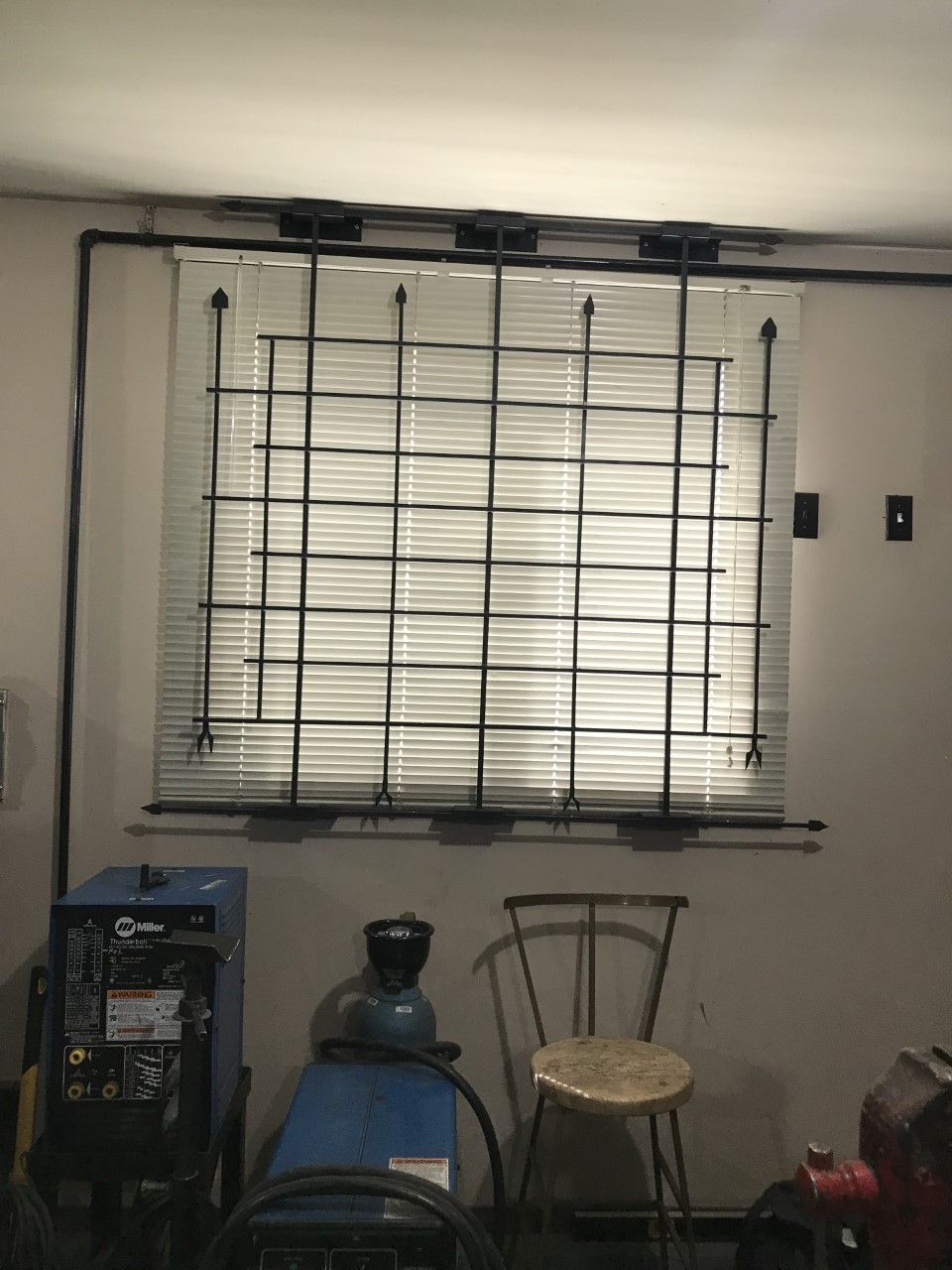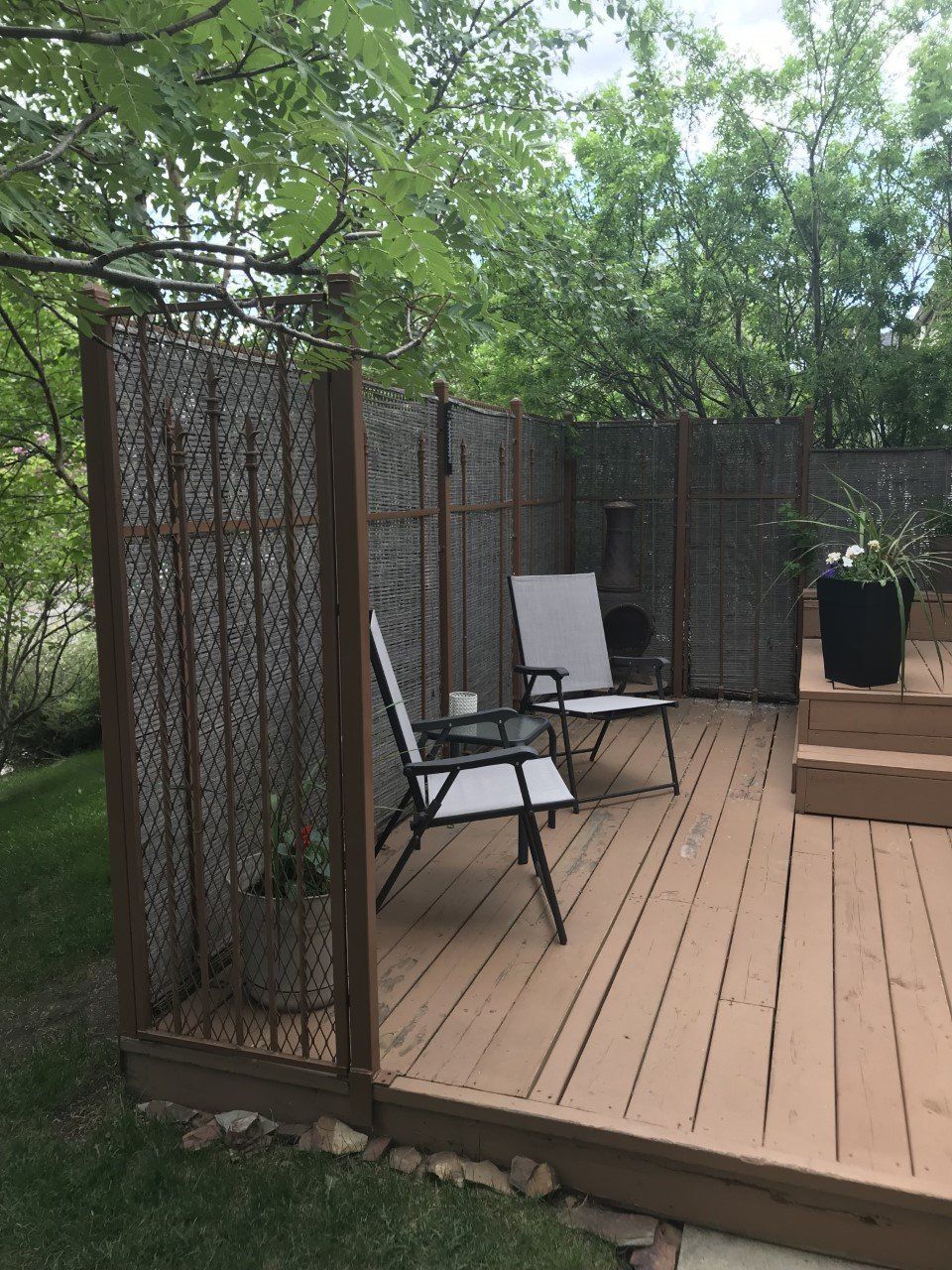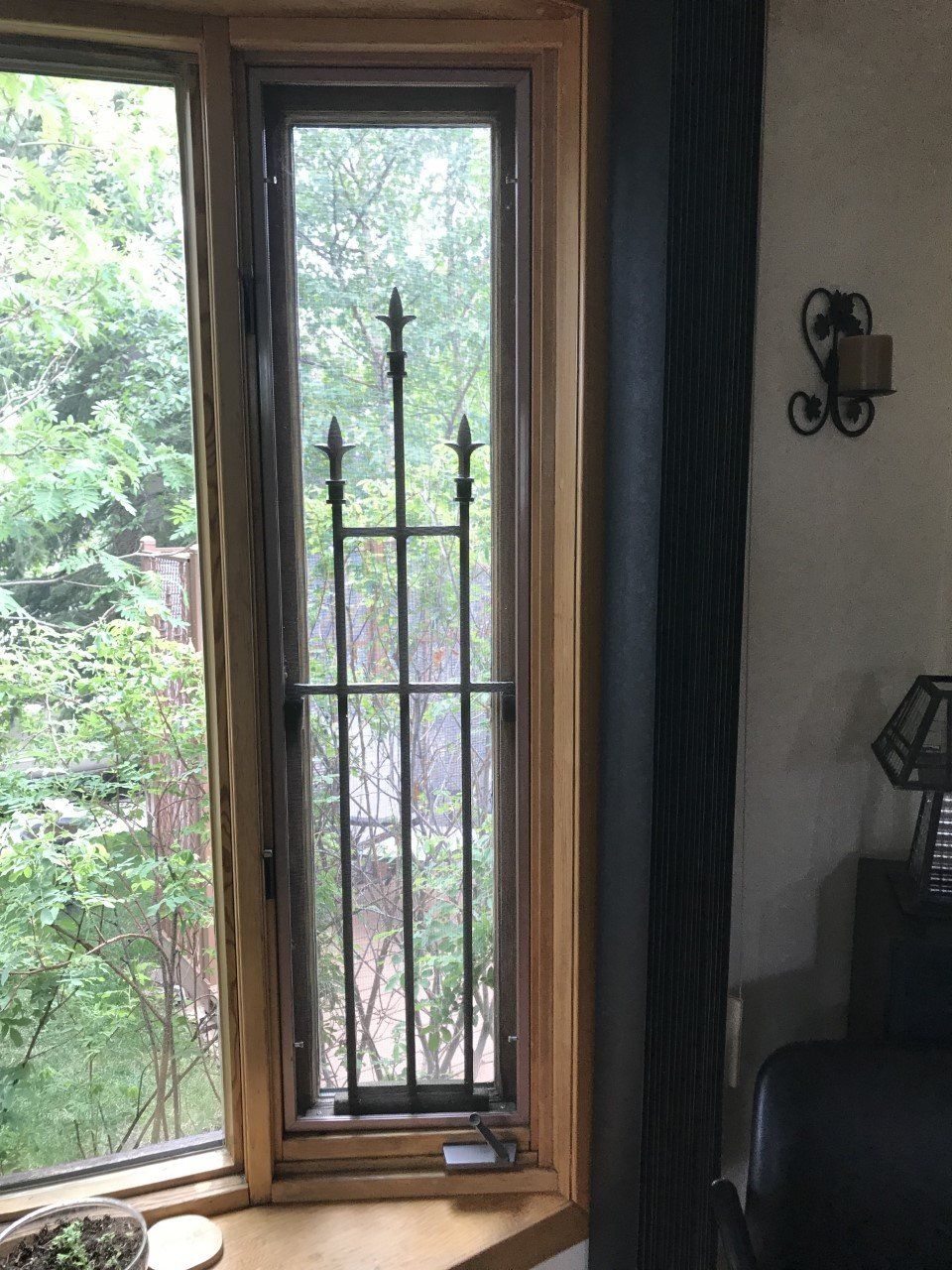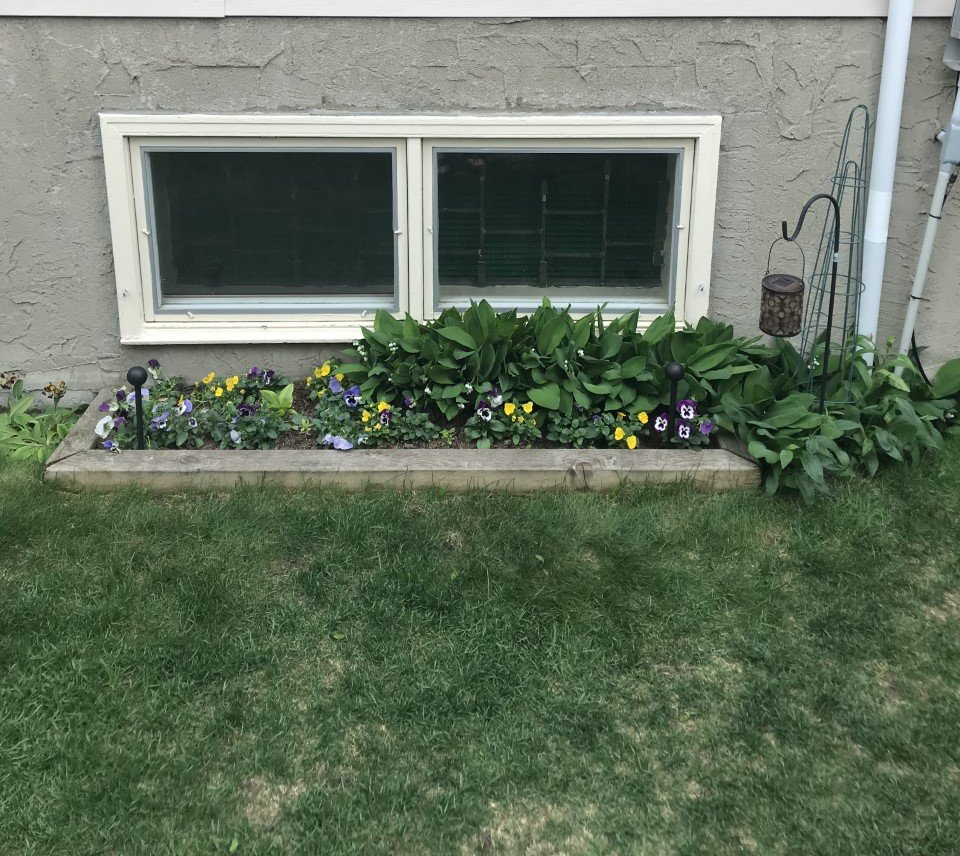Protect Your Plants: Best Practices for Hail Defense
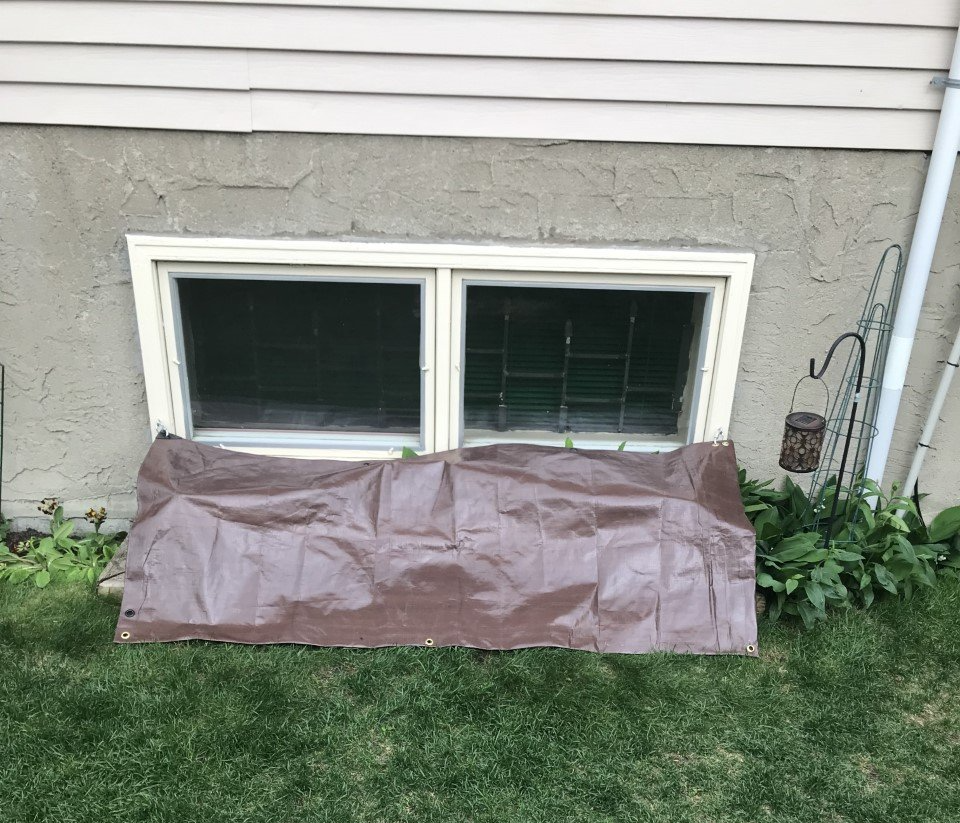
Hailstorms can wreak havoc on gardens, causing significant damage to plants. In Calgary, Alberta, where hail is not uncommon, protecting your garden from these icy projectiles is essential. Here, we outline the best practices for hail defense to ensure your plants remain healthy and thriving.
Understanding Hail Damage
Hailstones can vary in size from small pellets to large chunks of ice. When these hit plants, they can cause bruising, tearing, and even complete destruction of leaves, stems, and fruit. This damage can hinder plant growth, reduce yields, and, in severe cases, kill the plant. Therefore, proactive measures are necessary to mitigate the impact of hail.
Best Practices for Hail Defense
1. Use Protective Covers
Protective covers are one of the most effective ways to shield plants from hail. There are several types of covers you can use:
- Row Covers: Lightweight, breathable fabrics that can be draped over plants. They provide a barrier against hail while allowing light, air, and moisture to reach the plants.
- Hail Netting: Durable netting specifically designed to protect plants from hail. It can be installed over individual plants or entire garden beds.
- Shade Cloths: These can be used not only for hail protection but also to reduce sun exposure and heat.
2. Install Hail Guards
Hail guards are structures that provide a more permanent solution for protecting plants. These can be made from various materials, including metal, wood, or PVC pipes. Creating a frame over your garden beds and covering it with hail netting or mesh can offer robust protection against hailstorms.
3. Use Cold Frames and Greenhouses
Cold frames and greenhouses provide an excellent way to protect your plants from hail while extending the growing season. These structures create a controlled environment that shields plants from adverse weather conditions, including hail.
4. Plant Selection and Placement
Choosing the right plants and placing them strategically can also help reduce hail damage:
- Hardy Plants: Select plants that are more resistant to physical damage. Native plants or those known for their sturdy structures can withstand hail better.
- Dense Planting: Planting densely can create a natural shield, where the outer plants take the brunt of the hail, protecting those inside.
- Strategic Placement: Place more delicate plants under larger, sturdier plants or near structures that can provide some natural protection.
5. Temporary Structures
In anticipation of a hailstorm, setting up temporary structures can be a quick and effective solution:
- Pop-Up Canopies: These can be erected quickly over vulnerable plants.
- Patio Umbrellas: Large umbrellas can provide immediate protection for smaller garden areas.
- Moveable Shelters: Consider using wheelbarrows or carts to move potted plants under cover.
6. Regular Maintenance and Preparation
Regular garden maintenance can also play a role in protecting plants from hail damage:
- Pruning: Keep your plants well-pruned to reduce the surface area exposed to hail.
- Staking and Tying: Support taller plants with stakes and ties to prevent them from being toppled by hail.
Conclusion
Protecting your plants from hail is crucial for maintaining a healthy and productive garden. By using protective covers, installing hail guards, utilizing cold frames and greenhouses, selecting and placing plants strategically, setting up temporary structures, and maintaining your garden regularly, you can significantly reduce the risk of hail damage.
At Mobile Welder Service in Calgary, Alberta, we can help you create custom metal structures and solutions to protect your garden from hail. Contact us today to learn more about how we can assist you in safeguarding your plants.
Protecting your garden from hail is not just about preventing damage—it's about ensuring your plants continue to grow and thrive, providing you with beauty and bounty all season long.

